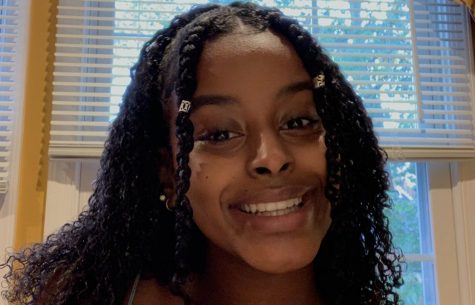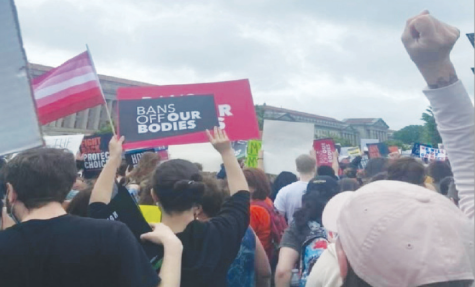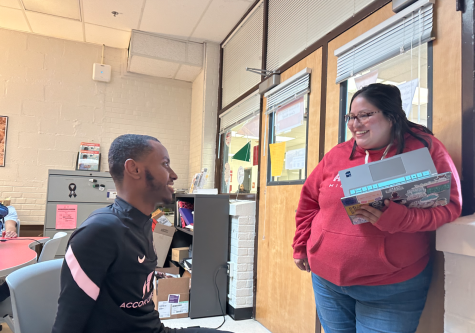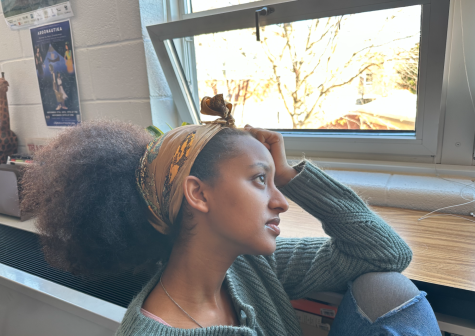The history behind Sexual Assault Awareness Month
April 2021 officially marks the 20th anniversary of Sexual Assault Awareness and Prevention Month.
The goal for this month is more than just bringing awareness to the prevalence of sexual violence, but its about preventing assault to begin with, which is a community-wide effort.
“Although this month is focused on raising awareness, we should continue to seek the elimination of sexual violence throughout the year to guarantee prevention,” said Fatu Kalokoh.
Sexual assault is a destructive abuse of power, one that ruins the lives of people of every age, gender, and race.
In 2006, Tarana Burke founded the MeToo movement and began using her platform to raise awareness on the severity of sexual abuse and assault in society.
She coined the term “Me Too” to provide support to women who had been abused and developed the hashtag #MeToo in response to the sexual abuse allegations against Harvey Weinstein.
The movement was popularized even more following the accusations against him from actress Alyssa Milano.
Burke also brings up the similarities between the Black Lives Matter and Me Too movements, mentioning that they both revolve around fighting injustice and an oppressive system.
She notes that similar to how the deaths of Black men in police custody garner more attention, survivors of sexual assault who are Black women and women of color are not paid as much attention to.
According to Burke, being a Black woman means having to deal with excessive force, the possibility of being killed by the police, and being sexually harassed or assaulted by the police. This overlap of issues is known as “intersectionality,” a term created by Kimberlé Crenshaw, that refers to when multiple forms of oppression affect an individual at one time.
However, advocating for sexual assault prevention dates all the way back to the 1940s and civil rights era, which made way for the prevention process. Although individuals were limited in discussion about the reality behind sexual assault, activists began fighting for equal rights then as well.
Black women and women of color originally led the movement, a prime example being advocate Rosa Parks, who fought for social change, particularly racial and gender equality.
Although, considering this movement began in the civil rights era, there was practically a division between women, making it so that there were separate movements as opposed to one united front. This was a result of white women (including survivors) originally being at the forefront of the movement, which prevented survivors who were Black women and women of color from being taken seriously.
Recognizing that this is our reality is essential. Ignorance can be our worst enemy.
Pretending that this issue is not real, or is exaggerated, only makes it worse for survivors. Not only that, but survivors already have an extremely hard time telling their stories, and the frequent victim-blaming that occurs exacerbates this.
It is essential to understand that sexual assault is never the survivor’s fault and is always the perpetrator’s. Furthermore, sexual abuse and assault is also never about the sex, it is about the power and violence offenders want to hold and inflict over their victims.
“I don’t believe anyone male or female should disregard the problem at hand because survivors might feel their stories aren’t valid enough to be shared. It’s the sad truth,” Junior Hana Wasuge said.
Every 73 seconds, an American is sexually assaulted. About 70 sexual assault survivors (women) commit suicide every day in the US. 1 in 6 women and 1 in 33 men have experienced sexual violence, yet only 5 out of every 1,000 perpetrators will be imprisoned. However, these are only the reported acts of sexual assault because, with the unreported acts, the statistics would be much higher.
“We are responsible to stand up and educate those around us,” said Junior Alicia Kargbo.
Education is key to sexual prevention, starting by educating our community. An important step while initiating action includes student activism. The following steps can increase community change: beginning discussions with your friends/classmates, sharing social media content of stories posted, and last but not least, both modeling and promoting bystander intervention skills.
Overall, to ultimately prevent sexual assault we must take it upon ourselves by educating others to promote awareness.

Junior Blen Hailu is a first-year staff writer for The A-Blast. She enjoys spending time outside with her friends and family while finding new spots. She...





